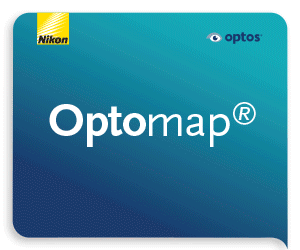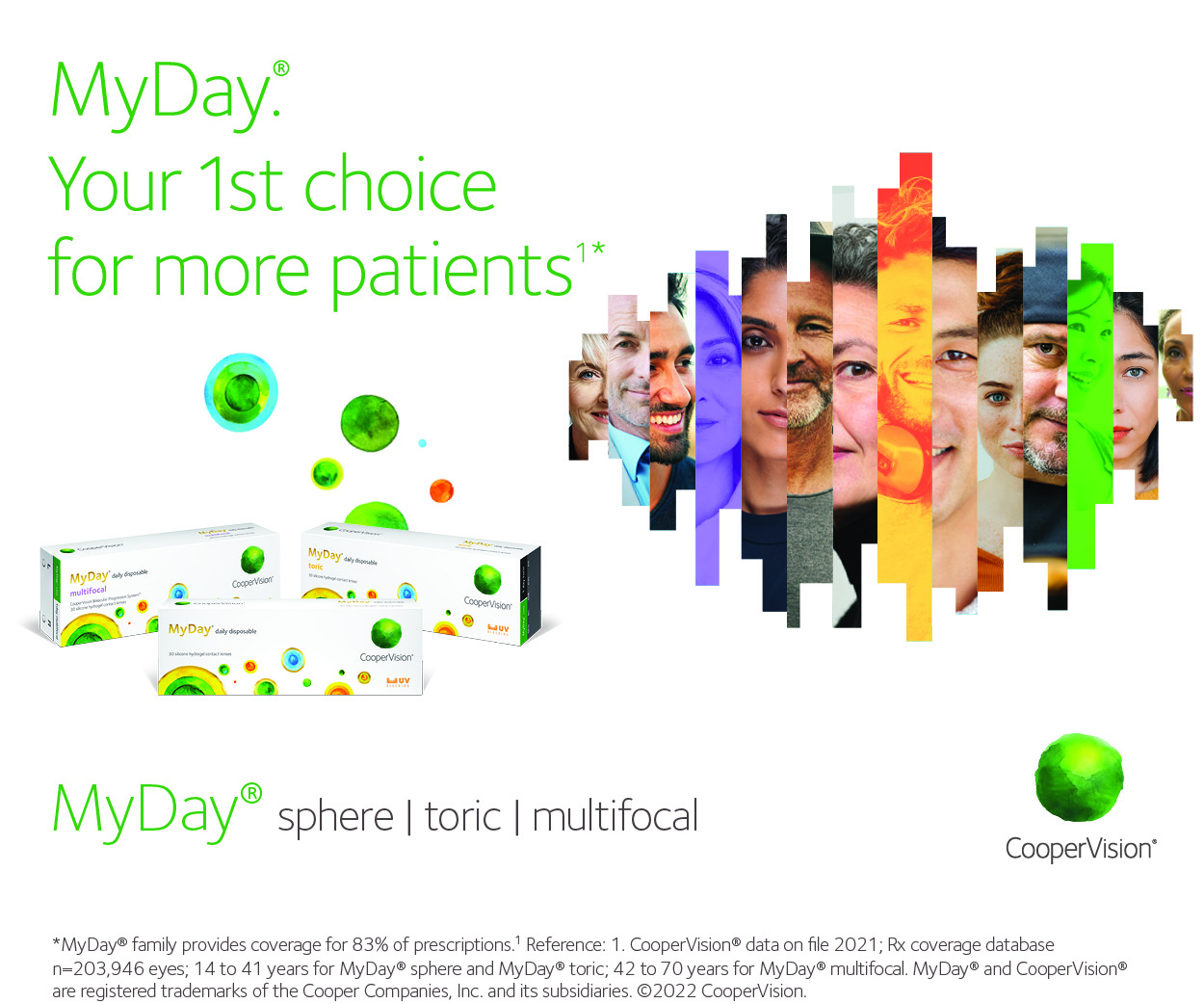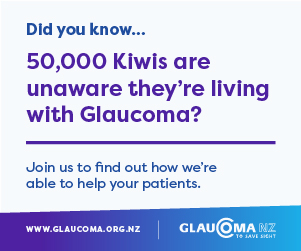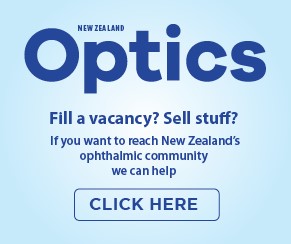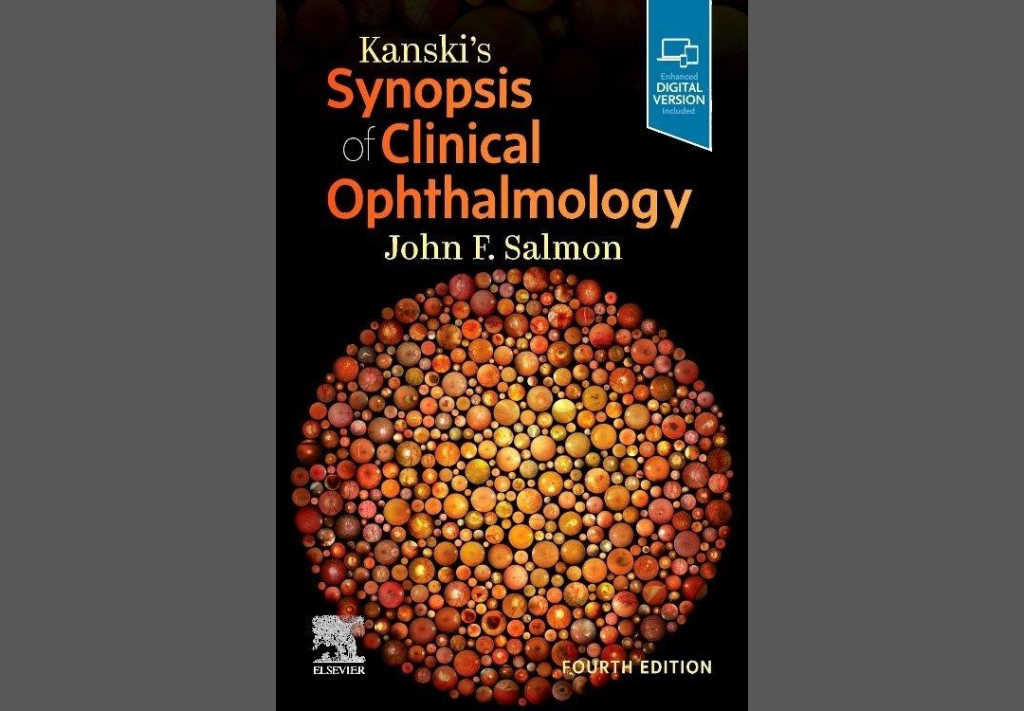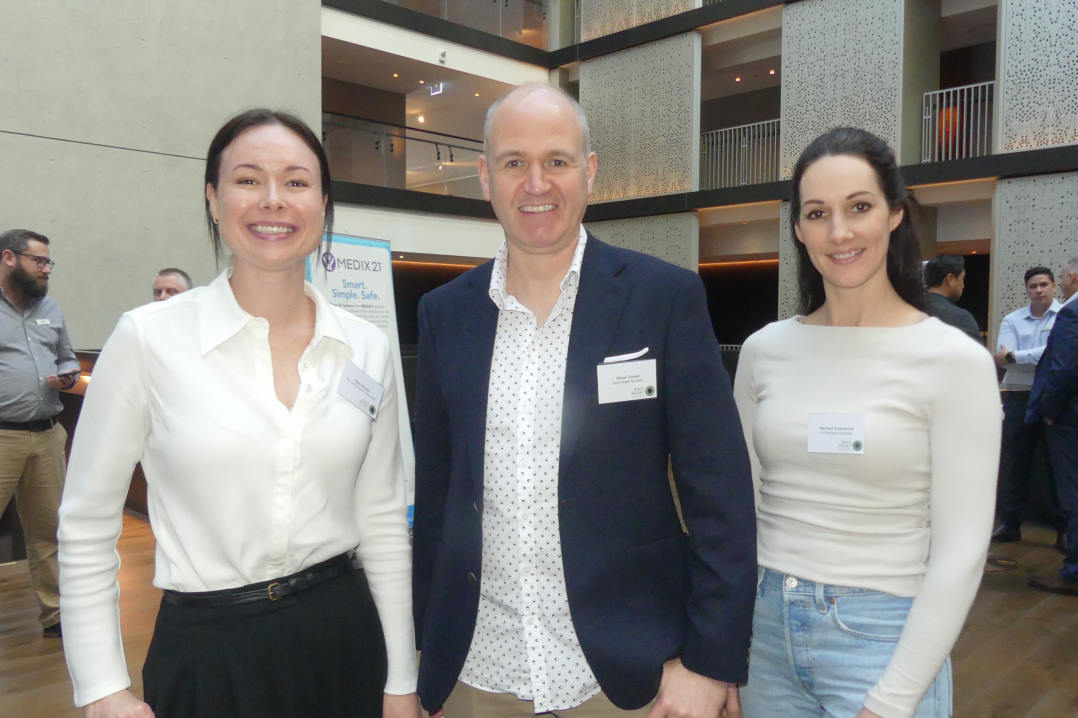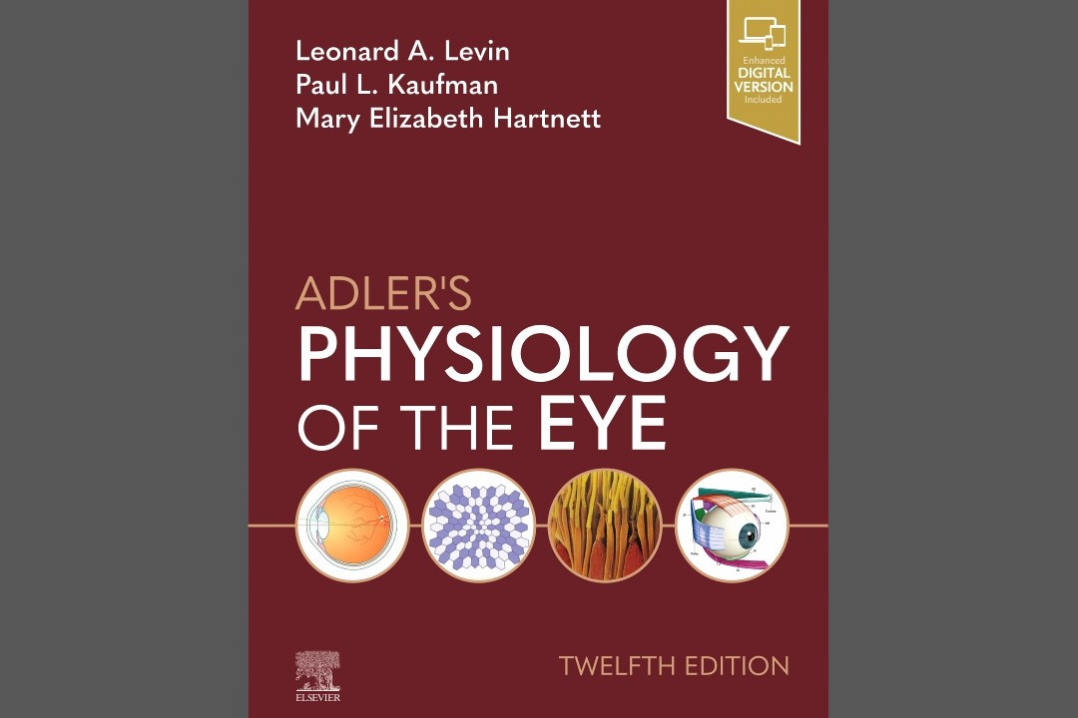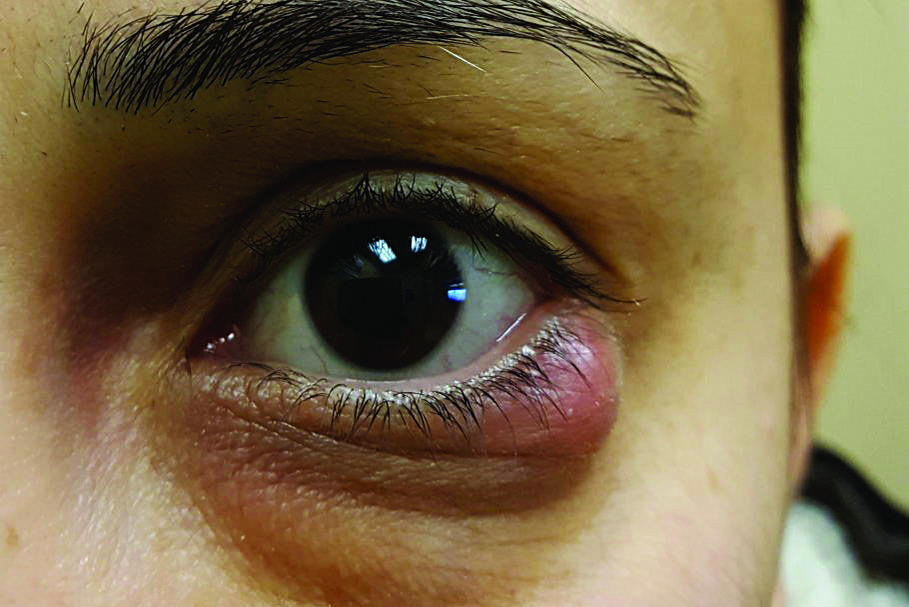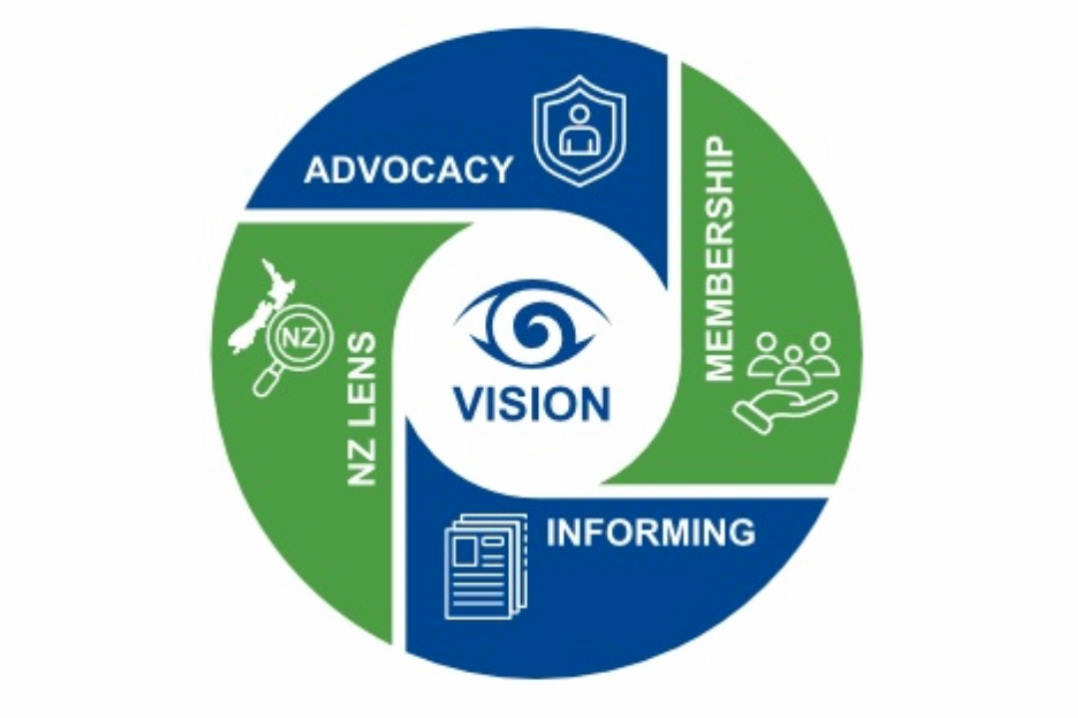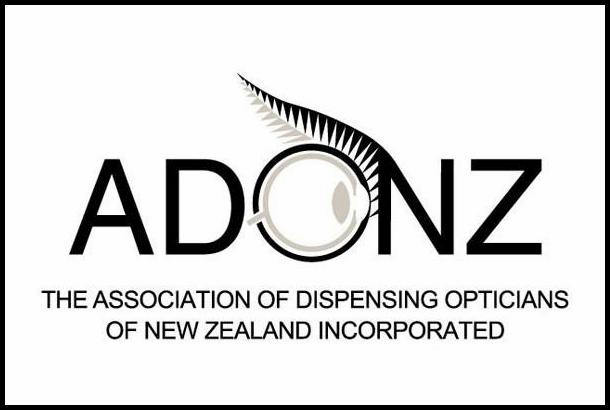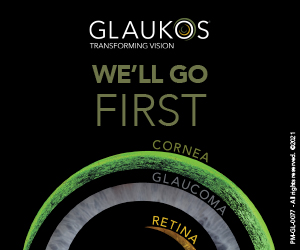Book review: Kanski’s Synopsis of Clinical Ophthalmology
The original Kanski’s Clinical Ophthalmology: A Systematic Approach has for decades been the classic ophthalmology textbook for students, trainees, ophthalmologists and optometrists, covering examination techniques and all aspects of eye disease and its management. I doubt there is an ophthalmologist or optometrist in New Zealand who doesn’t have an edition of this bible of ophthalmology on their bookshelf and it is the staple diet of anyone taking professional exams. The ninth edition is edited by highly respected Oxford ophthalmologist John Salmon, but at a hefty 2.8kg, this 941-page hardback it is not exactly handy for everyday use in clinic.
Enter Kanski’s Synopsis of Clinical Ophthalmology, the much smaller paperback iteration, again authored and edited by John Salmon and much more suited to being carried from clinic to clinic. It retains exactly the same chapter format as its big brother, with 22 chapters covering examination techniques and every subspecialty of ophthalmology. Obviously, it is significantly pared back in terms of content, but each chapter is a very nice precis of the full-blown version. With over 900 high-quality images and the text truncated into clear bullet points, the layout is clear, intuitive and surprisingly comprehensive. It represents a perfect go-to for in-clinic reminders, but also acts as a mini atlas and a great tool for pre-examination revision. I’ve already used it on a few occasions to remind me about eye conditions outside my area of subspecialty.
What would have made this book almost perfect for its intended use would be a decent electronic version. While its back cover promises both online and offline versions to use on all manner of mobile devices, the reality is less rosy. You can access the book’s content on two devices, but only online on the Elsevier eBooks+ platform, where the format is slow, clunky and not particularly user friendly. I was unable to access a downloadable version. It’s a shame that the publishers have somewhat dropped the ball on this, since a decent offline app or ebook would represent an unrivalled mini atlas for daily use. That said, the electronic version is basically usable and the paper version is small enough to carry around as a great aide-mémoire in everyday general clinical practice.

Dr Sue Ormonde is a consultant ophthalmologist at Auckland Eye and Greenlane Clinical Centre, specialising in cornea, cataract, anterior segment disease and refractive surgery, and a senior lecturer at the University of Auckland.




